The Virus Crisis: Inventing the Virus
The dogmas behind virology, the germ theory, and contagion are both assumption-based and authoritarian. It's time to ask some important questions about why we believe what we believe.

Proving Santa
This time of year, it feels appropriate to use a Christmas parable. Imagine you are seven years old. One of your friends is questioning the existence of Santa Claus. How would you help your friend overcome their doubts?
Let’s set up an experiment. What do we know about Santa Claus?
He eats the cookies and milk you leave out on Christmas Eve.
He puts presents under the Christmas tree.
He has a white beard.
He laughs “Ho, ho, ho!”
If these things can be observed, it is strong evidence that Santa Claus exists, right? So, you decide to record the evidence to show your friend. You take a picture of the empty tree and the cookies and milk as proof that no one has tampered with them. Then you wait until your mom and dad are asleep before sneaking out of your room. After midnight, you crack open the door and “borrow” your dad’s camera again.
The investigation begins.
First, you find that the cookies and milk have been consumed. Only a few crumbs are left. You take a picture.
Then, you find an alluring pile of neatly wrapped presents under the Christmas tree. You can’t help but pick one up and shake it.
Next, you find a strand of white hair on some disarranged branches of the Christmas tree.
Finally, after taking photos of everything and tiptoeing back to bed you hear a soft “ho, ho, ho!” You jump at the sound, looking around for the culprit. But Santa is too quick. You’re unable to spot him.
In the morning, you show your friend the pictures, the presents, and the hair. You tell him about the quiet chuckle. All signs point to Santa Claus! And your parents didn’t even catch you out of bed. Yet somehow, your friend remains unconvinced.
With so much evidence, what reason would they have to doubt this story?
One good place to start is: Has anyone ever seen Santa Claus in person? Otherwise, how do we know he has these qualities or does these things?

Four “Evidences” for Viruses
Picking up from last week’s review of the scientific method, let’s look at four of the major pieces of evidence that scientists say support the existence of viruses. These include cell culture, electron microscopy, genomic sequencing, and the PCR test. We'll ask questions to evaluate each one for its value as “evidence.” And I'll leave it to you to decide which ones qualify.
I did my best to include metaphors to make the explanations easier to understand. Feel free to skip to the question sections if any of it feels too technical.
#1 Cell Culture and CPE
Our first test for Santa Claus involved an observable effect that he has on the world: He eats cookies. We can’t see Santa doing so, but since the cookies were eaten and everyone else was in bed we assume it was him.
The observable effect that scientists ascribe to viruses is that they kill cells. We can’t directly see them doing so (or not doing so) due to limitations of technology. Viruses are too small.
Therefore, scientists set up an experiment where they introduce a mixture presumed to contain a virus (including toxic chemical antibiotics) into a dish containing living cells and nutrients. The nutrients are then reduced to a “maintenance” level, since we're no longer trying to grow the cells. Then the scientists go away so the virus can incubate and they come back later. If cells have died, a virus is presumed to exist in the mixture.
The questions to ask ourselves about this piece of evidence are:
Could anything else in this experiment have caused cells to die?
What did we do to rule out other causes of cell death?
How closely does this experiment resemble the way viruses presumably grow and feed in the natural world?
#2 Electron Microscopy Imaging
Perhaps the most striking and iconic evidence of Santa Claus is presents that appear under the tree. It could be said that the most striking and iconic evidence of viruses is electron microscopy images. Seeing nanoscale images for the very first time must have been exciting. It looks a bit like modern art.
After culturing viruses and observing cell death, a sample of the mixture is extracted and prepared with fixatives and heavy metal stains. It is then dehydrated, embedded in resin, and sliced very thinly so it can be viewed in a Transmission Electron Microscope (TEM). This type of electron microscope passes electrons through the sample in order to detect an image.
However, there are some limitations to getting images this way. First, we cannot view living things this way. If the chemical preparation process didn’t kill living cells, the vacuum and electron ray certainly would. Secondly, problems with preparation can create what are called “artefacts” or unnatural flaws in the image. Tiny flaws in the adjustment of the vacuum tube and electron ray can also distort images.
Here is an interesting website about TEM (and SEM, which creates 3D images but has more limitations when it comes to “viruses”).
The questions to ask ourselves about this piece of evidence are:
What other particles might be in the sample we took from the petri dish besides viruses (for example: genetic material from the human host, fetal bovine serum, and—potentially—bacteria, fungi, or parasites)?
How do we know, just by looking, what a given particle is?
How does this image show us that any particular particle is a pathogen capable of causing disease?
How well does this image of fixed, stained, and dehydrated particles reflect what is actually occurring in nature?

#3 Genomic Sequencing
If we had a sample of Santa’s beard we’d already have more to start with than virologists have (unless, of course, Santa has a synthetic beard!).
As an oversimplification of genomic sequencing:
Imagine you go to a garage sale and buy a tote of assorted Legos. Looking at some of the pieces, you think they came from a space ship model of some kind. You’re curious and you want to put it back together. How would you do it?
It might be helpful to sort the pieces. Maybe you have a mental image of what the model could be based on some of the unique pieces. But seeing as it came from a garage sale there could be pieces missing. Maybe there’s more than one space ship in that tote, too. All you can do is assemble the pieces different ways and see what you get.
Like piecing together Legos, genomic sequencing is a computer algorithm’s attempt to assemble a genome from a variety of genetic material. It’s a complex process. SARS-CoV-2, for example, has a sequence of almost 30,000 nucleotides, which is on the longer end for virus genomes.
Going back to the petri dish with the virus and dead cells inside—scientists take a sample of the mixture to begin genomic sequencing. (Remember, no virus has been isolated in the sense of separating it from other particles, which makes for a very mixed “tote”.)
Steps include:
Solvents are used to break down cell membranes and extract DNA or RNA in the mixture.
The DNA or RNA is then fragmented into specified lengths using physical or chemical processes.
RNA-based viruses need an extra few steps: 1) conversion to complimentary DNA, or cDNA, and 2) amplification. With RNA there is supposedly not enough of a sample left after the above two phases. Currently, technology can only amplify DNA, therefore the conversion is required in order to use the DNA “photocopier,” known as the PCR, to make more of the genetic material.
Additional PCR amplification is optional
All of the fragments (comprised of nucleotides of A, T, C, and G) are assembled into a library from which complex computer algorithms create millions of short sequences (or “reads”).
These “reads” are then compared to a database of existing, similarly in-silico fabricated, genomes.
The questions to ask ourselves about this piece of evidence are:
If no one has ever isolated a whole virus (in the sense of separating it from all other things) and examining its characteristics, how do we know what we are building?
Of the millions of reads the computer spits back, how do we know which one is the correct viral genome?
If the answers to the above involve comparing the genome to other existing genomes in a database, where did the first virus genome or genomes in the database come from?
How do we know the final genome describes an infectious, self-replicating agent?
How do we know the final genome resembles anything found in nature?
For more information, see this article on the limitations of genomic sequencing.
#4 PCR Testing
The PCR (polymerase chain reaction) test is what “diagnosed” cases of COVID-19 during the pandemic. Like the “ho, ho, ho” is only one part of what makes Santa Santa, this test is only meant to detect and amplify one piece of a virus’s genetic material, not a whole virus.
The PCR doesn’t have the ability to tell you if you are sick. Diagnosis by PCR is one reason scientists believe there is such a thing as “asymptomatic carriers.” Bear in mind, all of the flaws of the previous sections carry over into this test, too.
You can think of the PCR test like a molecular photocopier. It is meant to replicate short segments of DNA. Making more of the DNA supposedly makes it easier to detect. If there is enough of the selected “piece of virus” in your nasal swab, scientists declare it “highly likely” that you have an infection.
Beyond this explanation, the rest of this will get a bit technical. If you prefer to skip down to the question section you're welcome to do so!
SARS-CoV-2, as described by virologists, is an RNA-based virus. This requires an extra step of adding enzymes to create the double-helix structure required for duplication. This is because the double-helix needs to split in half in order to create a second copy from each half. As I mentioned in the genomic sequencing section above, converted RNA is called cDNA.

To tell the PCR what segment of cDNA to replicate, we need chemical primers—one that marks the start of the segment and one that marks the end. This supposedly ensures that only the specific viral RNA (now cDNA) gets replicated. All of this is a chemical process—chemicals poured into wells. The COVID-19 PCR also adds a fluorescent dye which attaches to the replicated segments to help the machine recognize a positive test.
The specimen sample is added (unpurified nasal swabs or spit) and the wells are heated in cycles, which encourages cDNA duplication. One of the wells includes what is considered a “positive control.”
I described a negative control as the part of the test that contains everything but the independent variable (the “virus,” in this case). A positive control means the test is absolutely guaranteed to have the independent variable in it. It’s another basis of comparison.
However, as discussed previously, no virus has ever been isolated in the sense of separating it from all other things…
The positive control in the PCR, as you may have guessed, is not pure virus. It is a laboratory-synthesized segment of DNA called an oligonucleotide. It is designed to be the exact DNA segment the test is looking for. This, too, is done via a chemical process.
The goal of the PCR test is to see if the cDNA in the wells amplifies similarly to the “positive control” it is being compared to.
They say about 25 cycles is enough to declare whether a case is positive for SARS-CoV-2 infection. This is why it’s alarming to see Dr. Oosterhuis’s note in my prior post that tests during the pandemic were being performed at 35-40 cycles, which is enough to create false-positives. Keep in mind that each cycle is essentially doubling the amount of segments we are replicating. At that point the test is cobbling together whatever it can find from the genetic material in the sample.
Jamie Andrews of The Viral Control Studies Project had some interesting conversations with PCR technicians. In doing so he accidentally invalidated what was meant to be a blinded test he was performing, but he learned that PCRs have what is called a “baseline control” that can be manipulated independently from the test. This filters out data in lower cycles that scientists have decided to interpret as “noise.” If not set correctly, the baseline control can also generate what are considered “false positives."
The questions to ask ourselves about this piece of evidence are:
How do you know the piece of DNA or RNA selected for the test belongs to a virus if the actual virus has never been purified or characterized?
Can amplifying a segment of DNA or cDNA tell you whether it belongs to a self-replicating, infectious agent?
How did we decide how many cycles we would need to show there is enough virus to infect someone?
If oligonucleotides can be fabricated in detectible amounts, how can the amount we put in the positive control be at all comparable to the amount of virus we start with in the sample?
What is the “noise” that technicians are trained to screen out?
Conclusion
Why did you stop believing in Santa Claus? Of course, the “evidence” for Santa is certainly much less complex than the proof that exists for viruses. The authorities perpetuating the Santa story are less authoritative than the paid scientists and technicians—or the government and media outlets that are the face of the stories we hear.
Is that what we are basing our belief on? Someone who we feel is smarter or more privy than us “told us so”?
When I first started researching virology I didn’t think I would understand the technical jargon. I’m not a chemist. I’m not a mathematician or programmer. Those skills would take time to develop. But I was born with some common sense. I know how to read and I know how to discern between what feels right and what doesn’t.
All of the human senses need to come together to create a picture of what is true or not true. Relying solely on intelligence or book learning is limiting.
I decided to do this research is because this is a topic that matters. I don’t mean just virology. I mean our beliefs when it comes to health.
The dogmas behind virology, the germ theory, and contagion are both assumption-based and authoritarian. Opposing views continue to be cancelled, suppressed, and labeled as “misinformation” or “conspiracy theory” in order to maintain control of peoples’ beliefs. Truth is more important to me than being labeled. And what we put into our bodies (vaccines, medications, chemicals, additives, etc.) matters!
Possible future topics to visit on the subject of virology are:
The history of virology (how we got here)
The alternative to germ theory (known as “terrain theory”)
And contagion studies (which are actually more compelling than just the “virus or no virus” issue—
I’ll spoil it by saying that yes, natural contagion studies have been conducted and no, they don’t support that you can make another person sick by sharing germs. There is as little evidence for contagion being real as there is for viruses being real. To be continued at a later date…)
Thank you for reading. Merry Christmas! And if you celebrate another holiday this time of year, I hope you have a joyful time, too! Take care and be well!
With love,
Ordinary Girl





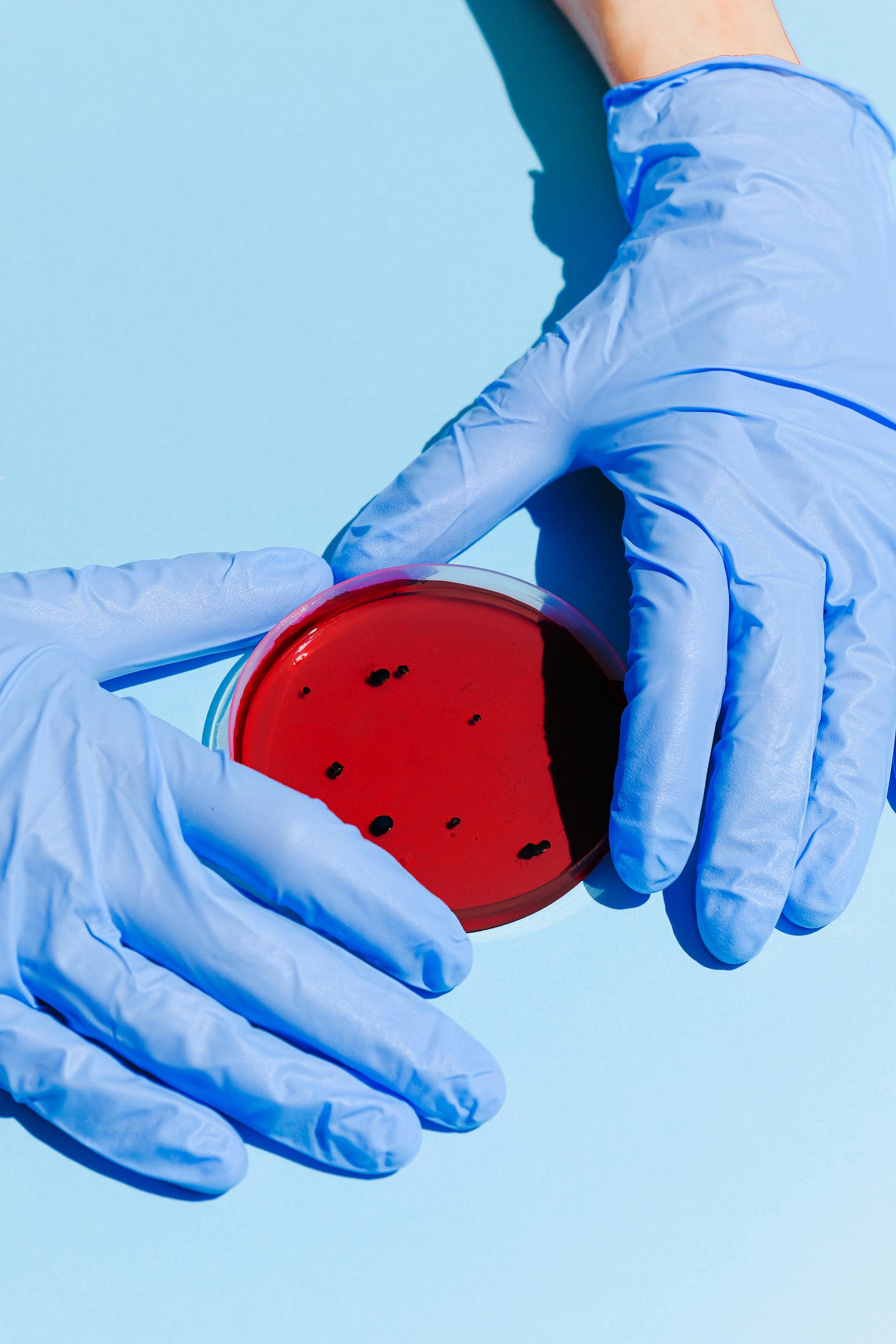
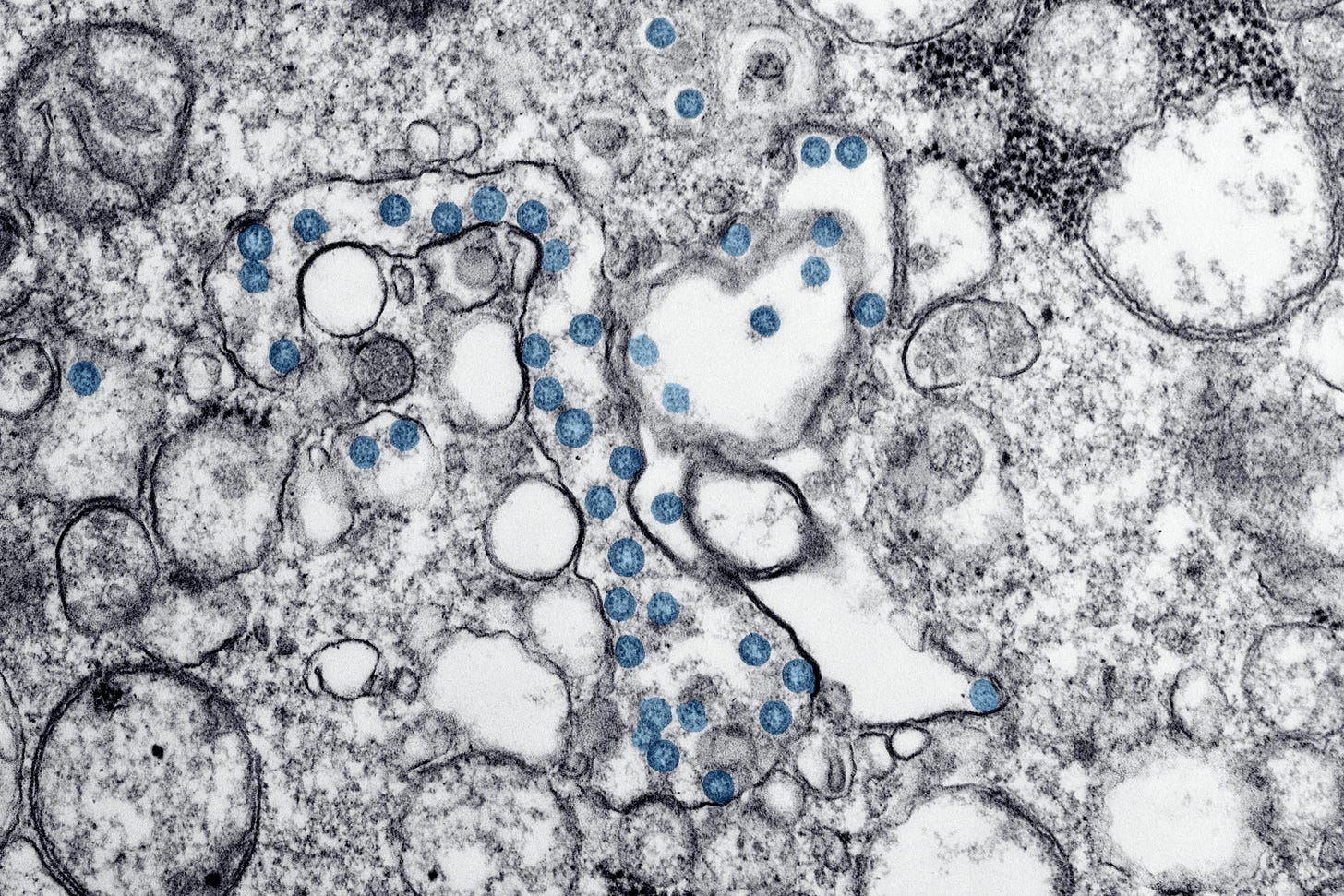
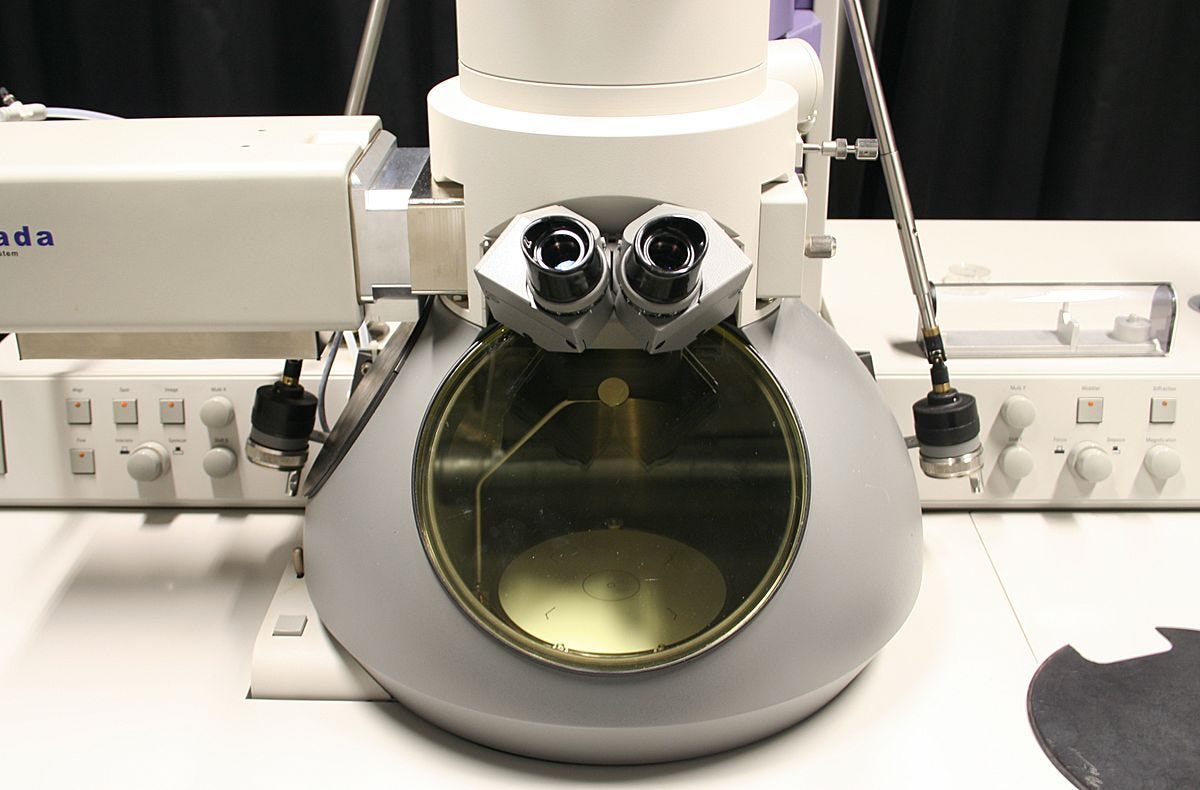

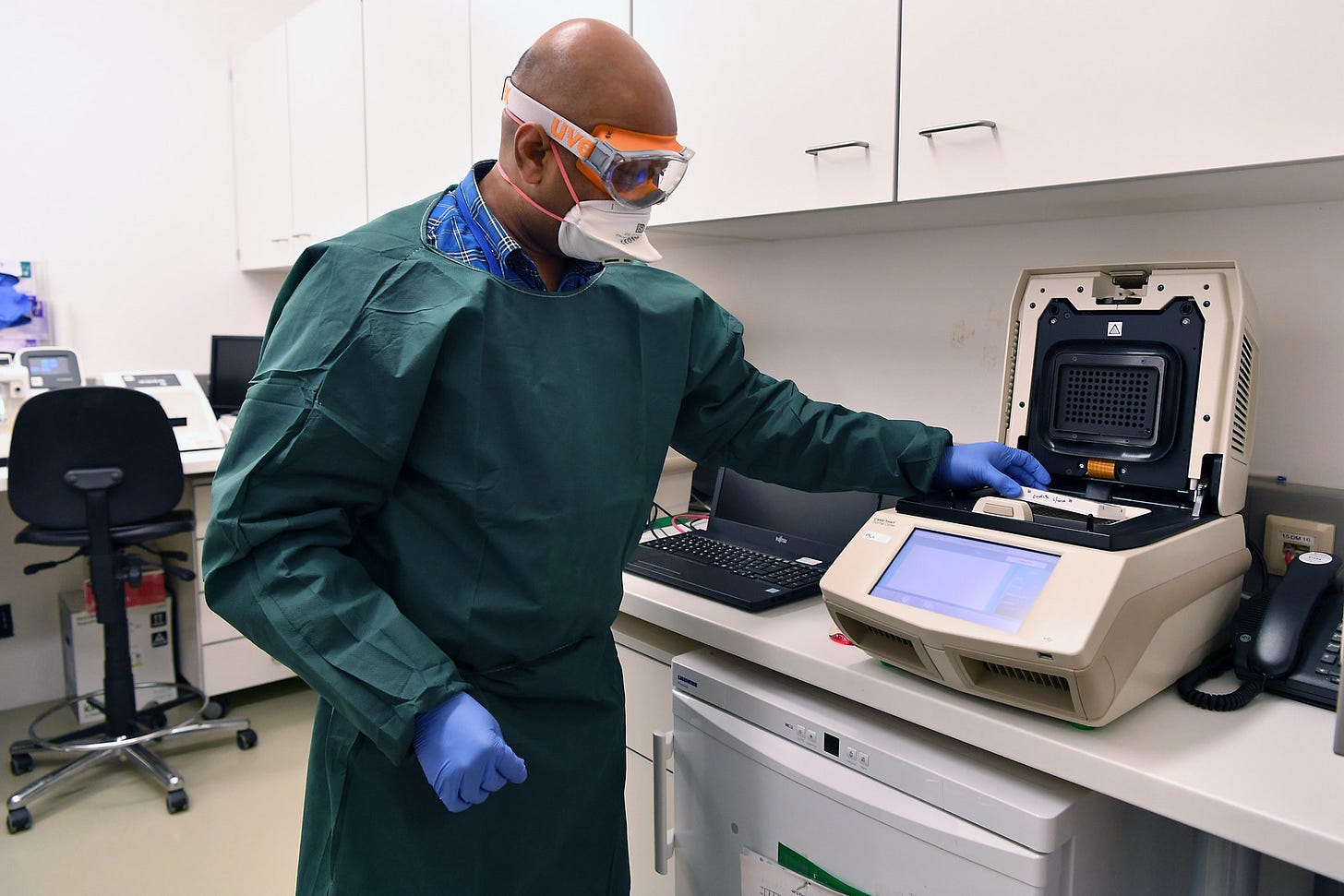
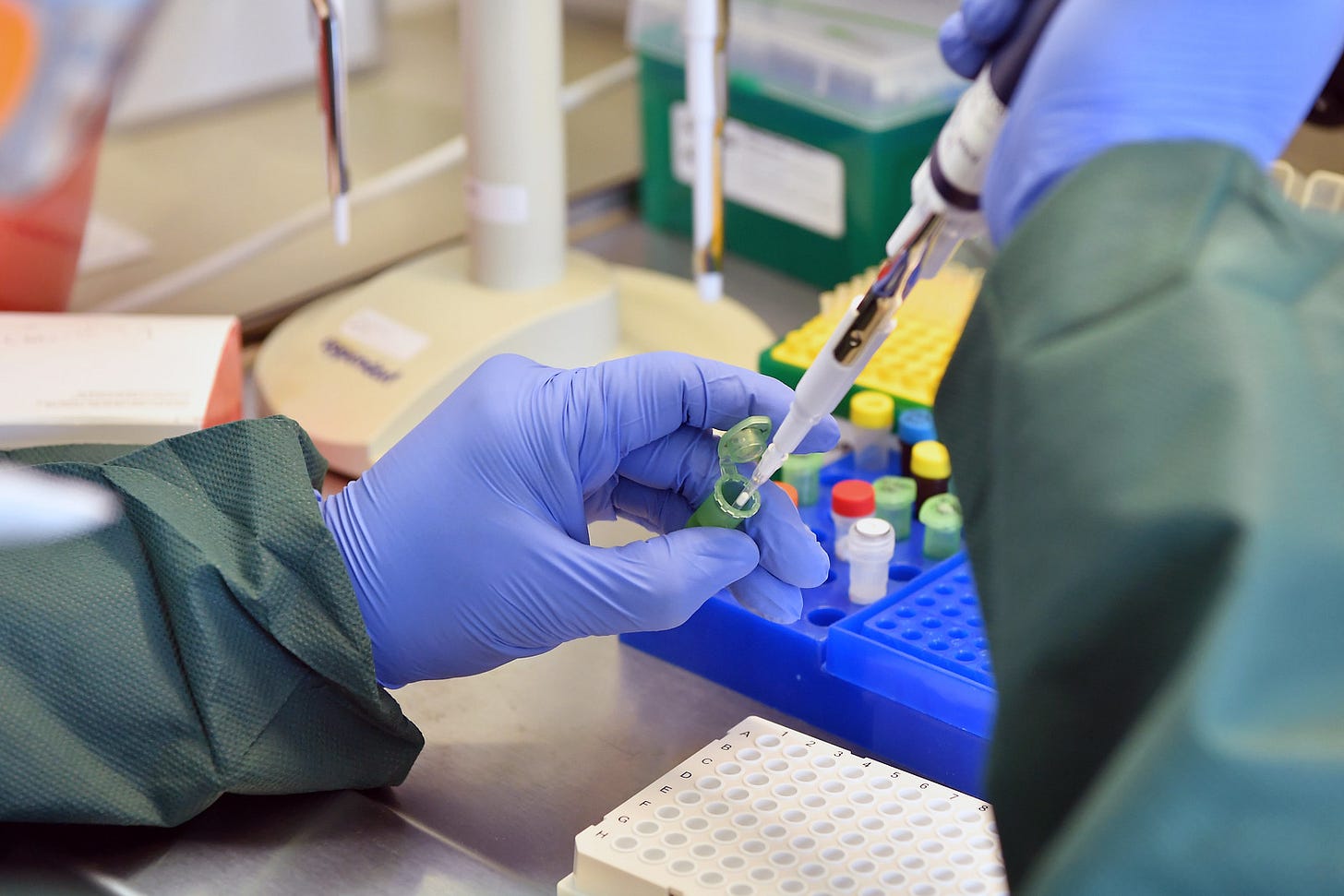

Really insightful and enjoyable article. Definitely provides some food for thought. Hope you’re doing well. Happy Holidays!